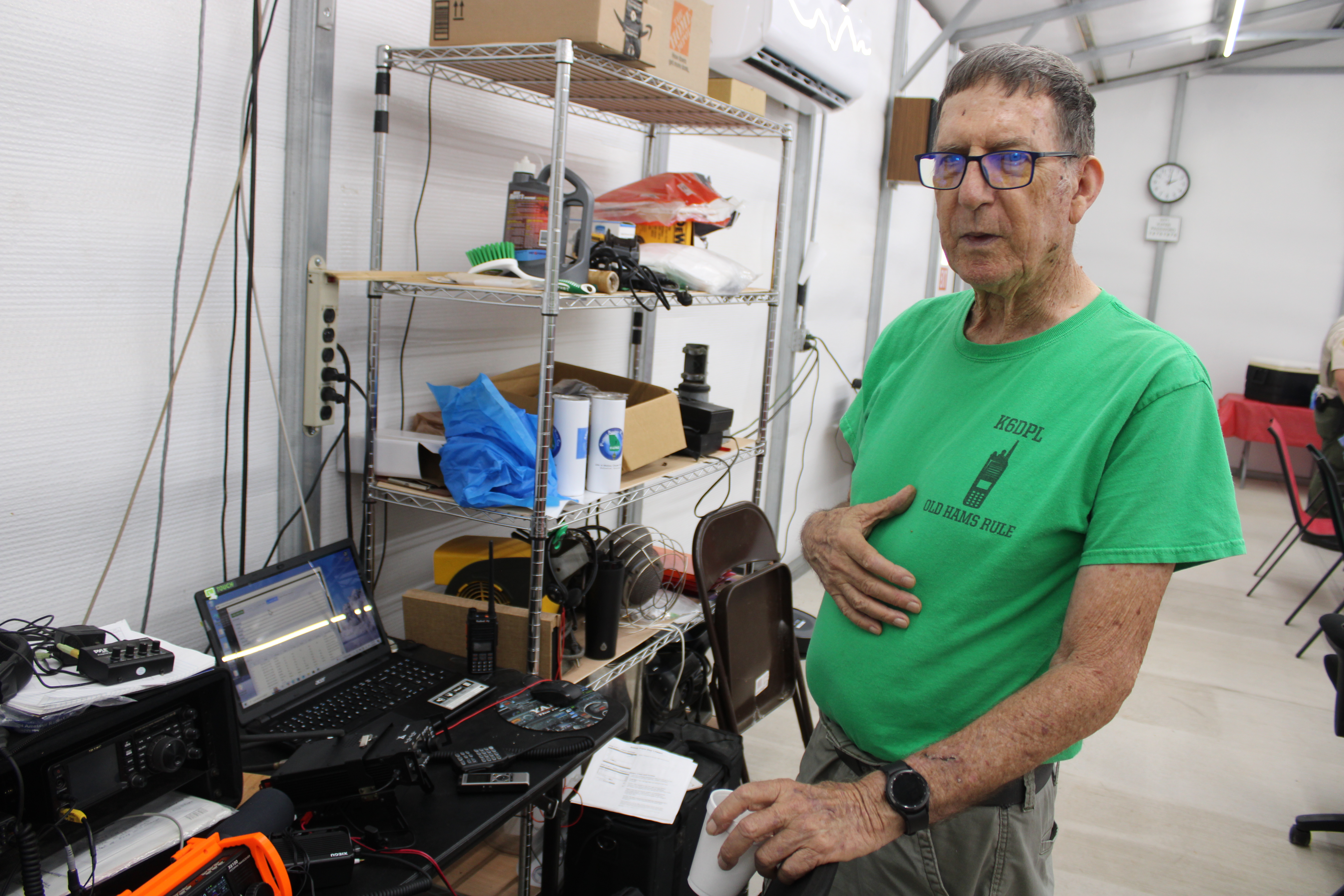LETTERS FROM LOCKERLY: 50 awe-struck third-graders
Published 1:17 pm Tuesday, April 1, 2025

- Lockerly
It typically starts with squeals; the sound emerging from the children indistinguishable from terror and excitement. Then chatter; every child has a thought, opinion, answer that must be shared simultaneously in an onslaught of words.
A chaotic looking scene to any passerby. This is the scene during a recent aquatic exploration field trip at Lockerly Arboretum with Putnam County third-graders. Over the three-hour program, it happens again, and again, and again. They are in awe, and it is magical.
Philosophers have been attempting to understand how and why humans experience awe for centuries. Edmund Burke, an Irish philosopher from the 18th century, had a new approach to the topic that still resonates today.
Trending
In his book, “A Philosophical Inquiry into the Origin of Our Ideas of the Sublime and Beautiful” (which is one of the greatest titles to any publication ever), he says: “The passion caused by the great and sublime in nature, when those causes operate most powerfully, is astonishment: and astonishment is that state of the soul in which all its motions are suspended, with some degree of horror. In this case the mind is so entirely filled with its object, that it cannot entertain any other. Astonishment, as I have said, is the effect of the sublime in its highest degree.”
Of all the experiences I have facilitated with children and adults in nature, from Alaska to the Rockies, to the Southern Appalachians, and central Georgia, I have found the quickest way to astonishment is a macroinvertebrate.
Macroinvertebrates are the larval form of many insects and critters you are probably very familiar with — dragonflies, beetles, mosquitoes, damselflies and more.
To find them, it often requires getting a little wet, a little muddy, and a lot awe-struck. The Putnam County third-graders spent over an hour, happily digging around the muck along the side of Lockerly’s pond and creek finding everything from salamander larva, tadpoles, small fish, and lots of macroinvertebrates.
During the “hunting” stage of the field trip, the awe-filled moments are focused on our larger finds like the salamanders and tadpoles. But then I take them inside to look at the smaller bugs under a microscope.
Lockerly recently purchased a digital microscope that projects the image up to a television. This way, every student can see exactly what I’m looking at, all at the same time. The moment I put a dragonfly nymph, or cranefly larva, or damselfly larva under that enhanced magnification, the astonished screams of excited terror begin again. These critters are other worldly; bulging eyes (sometimes with striping that makes them look like they have eyelash extensions); transparent exteriors showing their internal organs; under jaw mandibles specialized to extend out (like a go-go gadget arm) with rapid speed to catch prey; or an abdomen designed to suck water in and shoot it back out for jet propulsion. I have 20 8-year-olds’ complete attention on exactly what I want them looking at — some may call me a magician.
Trending
I hope the students leave Lockerly at the end of our three-hour exploration understanding why these macroinvertebrates are important to our ecosystem health, and how that is beneficial to people (even those who haven’t stared down a dragonfly nymph eye to eye). But I know every student is leaving Lockerly with a new understanding and appreciation for the wonders and awe-inspiring capabilities of nature, which is perfectly sublime for me.
Are you a teacher in central Georgia? Would you like to provide your students with an awe-inspiring trip to Lockerly Arboretum? We would love to make that happen.
Field trips cost only $3 per student (teachers are free) and can be scheduled by contacting me, the director of education at: kenseyamerson@lockerly.org.
—Kensey Amerson is director of education at Lockerly Arboretum.





